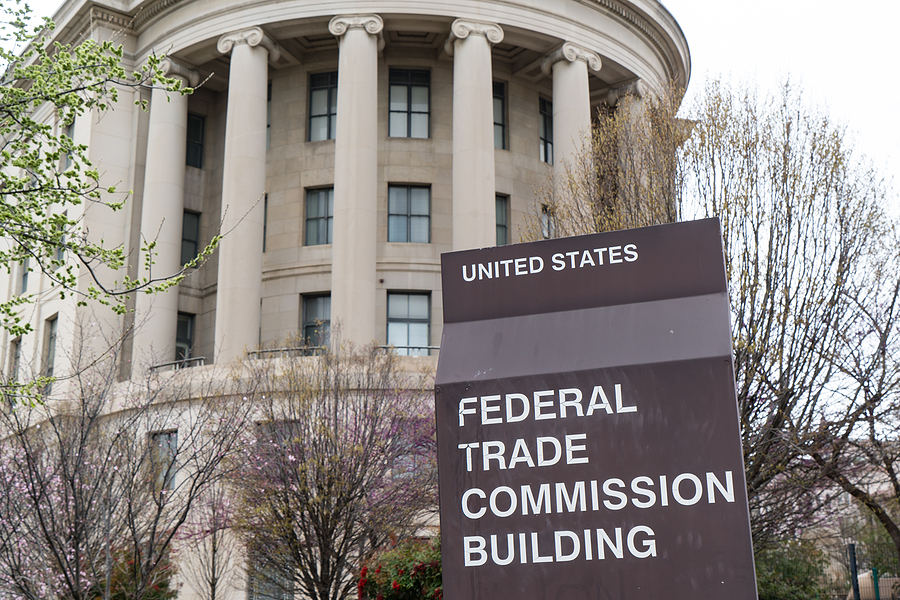Case Study Lessons: How NOT to Lower a Paywall During Breaking News
Lorem ipsum dolor sit amet, consectetur adipiscing elit. Ut elit tellus, luctus nec ullamcorper mattis, pulvinar dapibus leo.
Last April, English-language newspaper The Kyiv Post launched a partial paywall. But then in November, the country saw massive political protests, leading The Kyiv Post to lower its paywall completely.
Now, I highly recommend that subscription sites lower their paywall when necessary or advantageous – that can be in response to breaking news, or as a marketing promotion timed to an event.
But this is a strategy that requires forethought and standard operating protocol, even in the midst of crisis.
The Kyiv Post didn’t re-install its paywall until this past January 13th – that’s two months of free access for an ongoing crisis, which in effect, conditions audiences to expect free access. The Kyiv Post now has the Herculean task of re-acquainting audiences with their paywall while simultaneously raising their subscription price from $36 to $50 a year.
It would have been better if The Post had lowered its paywall for a temporary period of time – anywhere from 24 hours to a week. Then, after it became clear that the protests and political unrest were ongoing, the site should have kept its breaking news free-to-view, but put less newsy content, such as lifestyle stories, back behind its paywall.
In addition, while its paywall was lowered, The Kyiv Post should have requested email registration to users viewing more than a certain number of articles and then email blasted those users with discount subscription offers after re-installing its paywall.
Rest assured, there are reasons to lower your paywall, especially if there is a timely marketing opportunity. Just be smart about it.
- Filed in News




